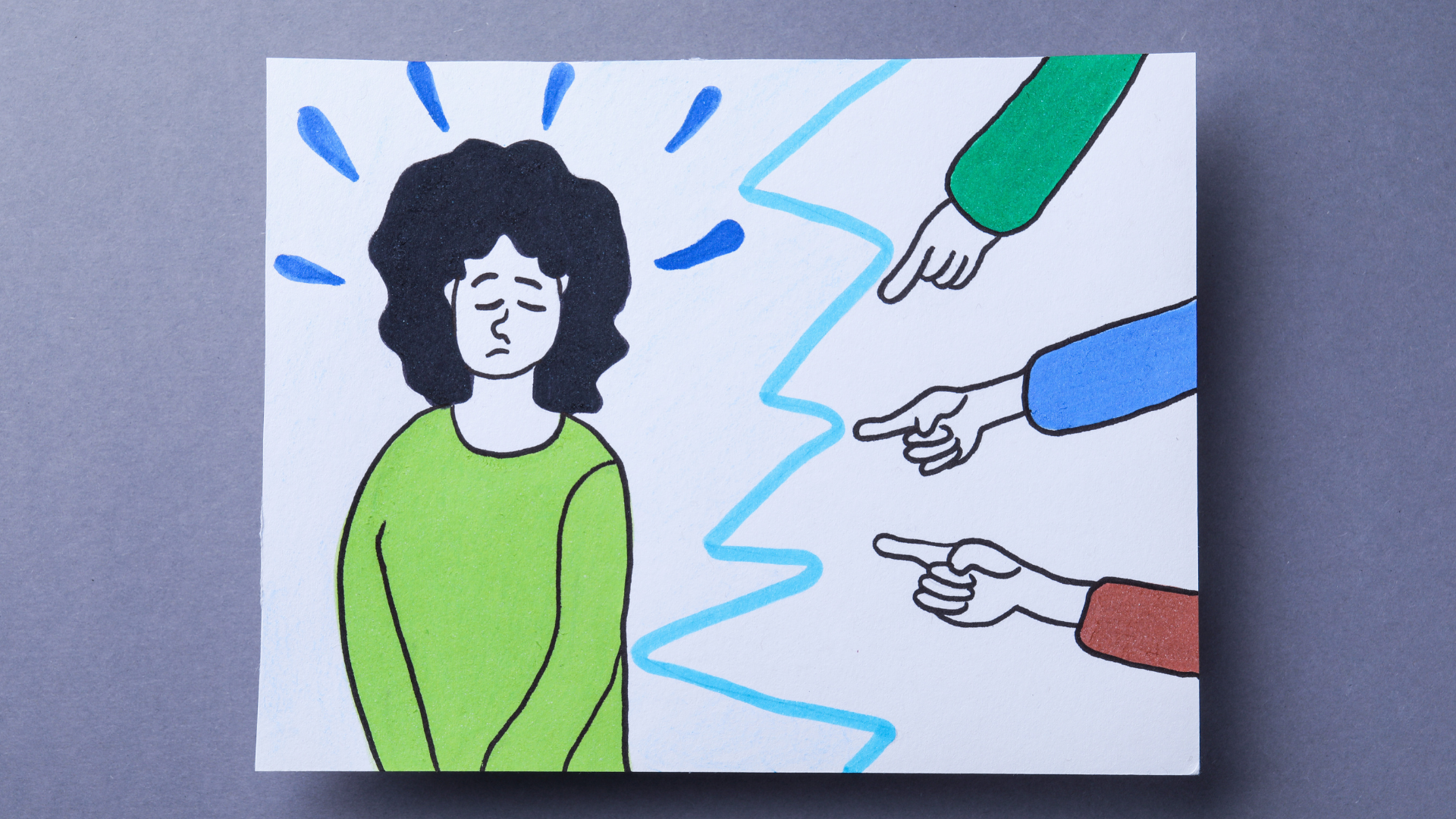Understanding Bullying Beyond the Schoolyard
The term “bullying” is something we hear about often, and oftentimes we associate it with kids or teenagers picking on other kids or teenagers at school. I suppose it’s what we see the most in mainstream media, like in Karate Kid when Johnny and his gang pick a fight with Daniel, right before Mr. Miyagi comes to the rescue. While I suppose that bullying can commonly occur at school, given the constant exposure to the same crowd and the enclosed space that everyone must remain in, we must not forget that bullying can happen in many other settings and in many different forms. It is important to keep in mind that bullying refers to deliberate actions that are meant to harm or hurt others through physical, emotional, verbal, or even sexual means.

Recognizing Bullying in the Workplace
In a workplace setting, bullying can occur despite the professionalism that is ideally meant to be upheld, and I believe that most of it stems from envy – envy of another’s position, another’s work relations, another’s success, and so on. Some ways bullying in the workplace might be observed is through colleagues spreading harmful rumors, the abuse of power and authority, and the sending of aggressive notes.
When Bullying Happens at Home
Although we may not realize it as easily, bullying can also occur at home and within the family. I don’t mean petty sibling banter or getting into heated discussions with your parents from time to time. Bullying at home can include threatening a family member, manipulation in order to maintain control over someone, and verbally undermining others, to name a few. What I feel makes this kind of bullying extra difficult for people to get away from is the fact that it happens within the space and with the people we are meant to feel the safest around, leading one to feel even more isolated and helpless. It is really an unfair situation for anyone to be in.

Facing the Reality of Cyberbullying
In this day and age, cyberbullying might be one of the newest forms of bullying, which makes use of technology to harass, threaten, embarrass, or target others. While I have greatly enjoyed the use of social media and technology, especially with regards to easily keeping in touch with others, having easy access to forms of entertainment, and being able to exercise creativity for personal or professional uses, I personally find cyberbullying to be quite scary. Unlike bullying that happens face to face, like maybe getting into a fist fight or being called names in a hallway, I feel like bullying online is even tougher to deal with. Once things get online, it’s so quick to circulate, so much harder to find who’s behind it, and seemingly so “in your face” when our gadgets are always right in front of us.
While online bullying may feel a lot more out of our control, I believe we can learn to control the way we handle these situations, like by knowing ourselves and remembering that our self-worth is not defined by posts or likes or views, by having a strong support system who we can count on and turn to, and maybe just turning the other cheek and focusing on our individual goals and happiness.
Take the First Step Toward Healing
If you have experienced bullying in any form – whether at school, work, home, or online – know that you don’t have to face it alone. Talking to a counselor can be a powerful step toward healing and reclaiming your sense of self-worth. Reach out to someone who can guide and support you through this journey. At Pinoy Therapy, we’re here to help you find strength, resilience, and a path forward.
Don’t wait; start your journey to healing today.
About the Author

S. Verzosa is a BS Psychology graduate from the Ateneo de Manila University. Lover of fiction, art, music, dance, and the understanding of all those around.








